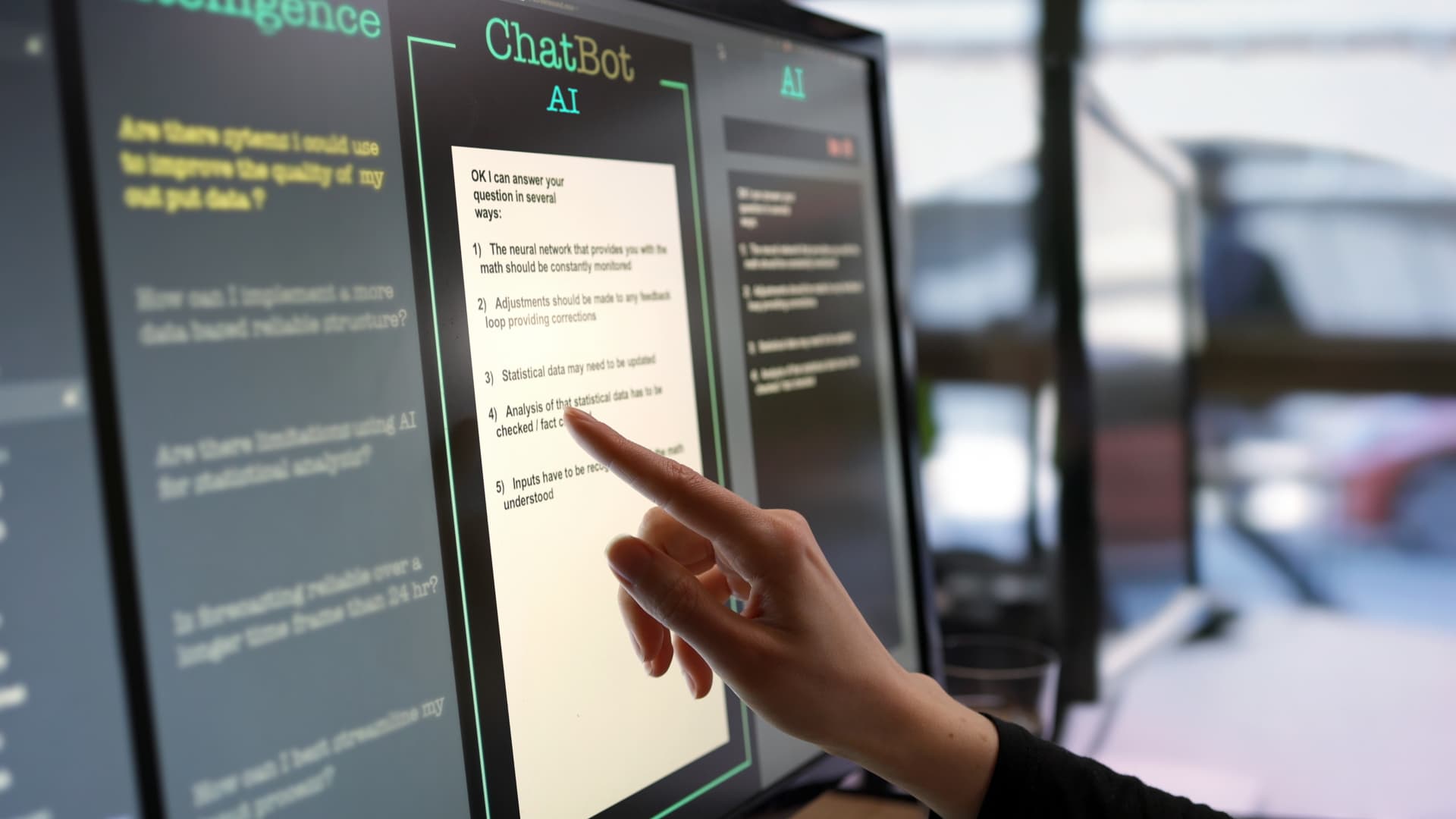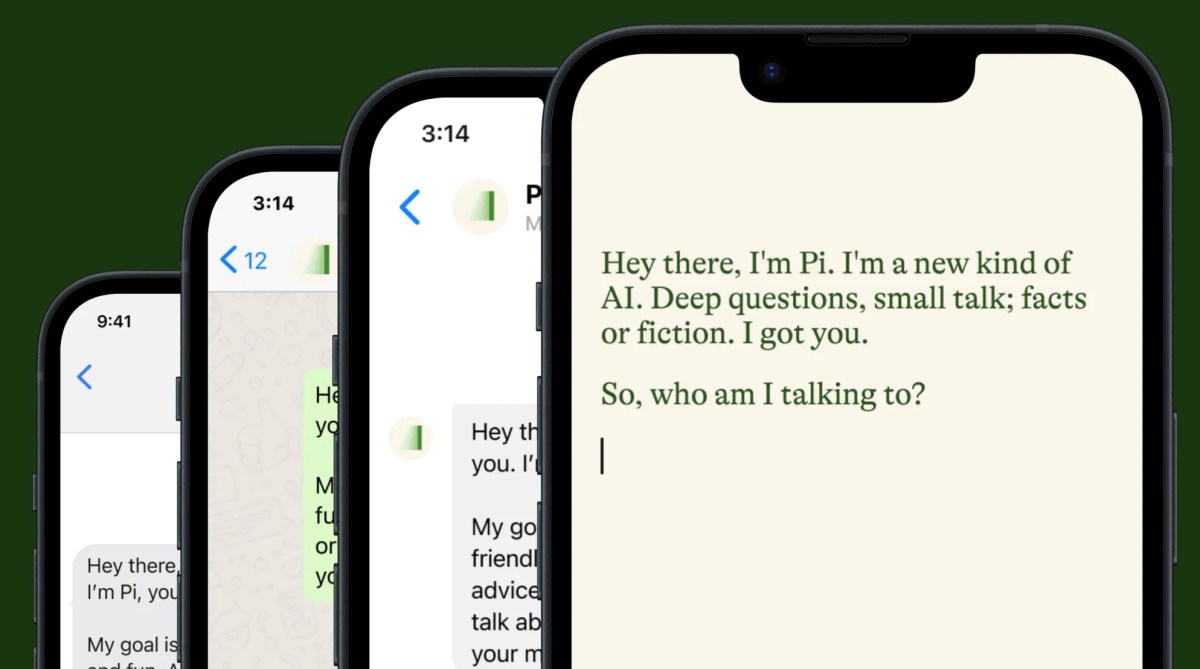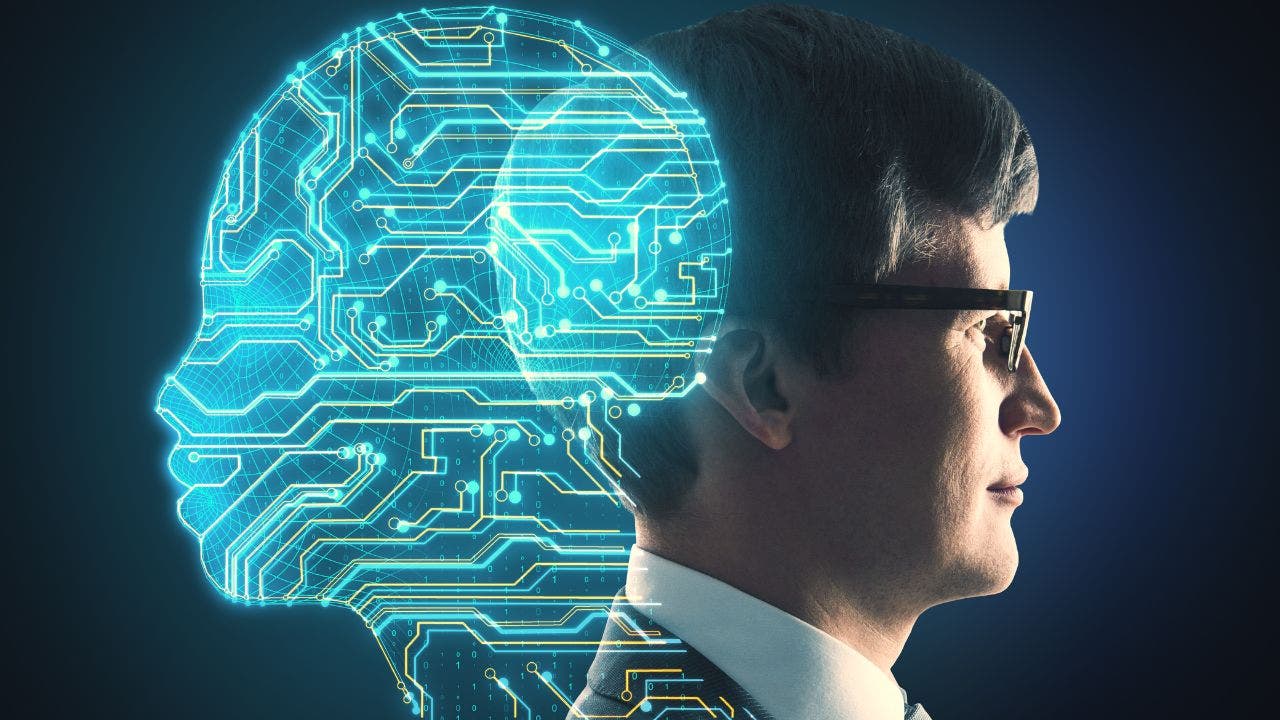- AIdeations
- Posts
- AI Advancements Reshaping Design, Education, and the Workforce
AI Advancements Reshaping Design, Education, and the Workforce
Harnessing AI's Potential from Vehicle Design to Educational Tools
Welcome to Aideations. The most comprehensive daily AI newsletter on the planet! How do I know? Because I read over 50 of them, plus the news, so you don’t have to. It’s my goal to make this the most-read newsletter on AI. I can’t do that without your support and feedback.
TL;DR Today's Aideations newsletter is buzzing with news from the world of AI. Toyota is introducing a game-changing AI tool that revolutionizes the vehicle design process. AI is also making its mark in education, potentially changing the way students learn. But there are challenges, like the revelation that AI could be inaccurately trained due to the use of AI by gig workers. Sam Altman, CEO of OpenAI, discusses his non-monetary motivations while leading a $27 billion AI powerhouse, and YouTube introduces Aloud, an AI-powered dubbing service. AI's effects on jobs and language learning, and Sam Altman's views on AI tech as surveillance are also covered, with a detailed research summary on improving language model negotiation strategies.
If you've got suggestions on how I can improve the newsletter, feel free to reach out at [email protected]
Here's what we've got in store for you today:
🚗 Toyota Enters The Generative AI Chat
👨🏫 AI In The Classroom: Cheating Or Leveling Up?
🧠 Behind The AI Curtain Of Training Models
💰 Sam Altman Says He Has Enough Money
📚 Research Of The Day
🎥 Video Of The Day
🛠 Tools Of The Day
🤌 Prompt Of The Day
🐥 Tweet Of The Day
Driving Innovation: Toyota Unveils AI Tool for Next-Gen Car Design

Toyota Research Institute (TRI) is stepping up its game with a new generative AI tool that's set to revolutionize the vehicle design process. This isn't your run-of-the-mill AI; it's a creative powerhouse that can generate design sketches from text prompts. Just type in "sleek," "SUV-like," or "modern," and you've got yourself a prototype sketch. But it's not just about aesthetics; this tool can also optimize performance metrics, ensuring your design is as efficient as it is eye-catching.
The secret sauce? A blend of optimization theory and text-to-image-based generative AI. This combo allows designers to balance engineering constraints with stylistic prompts, making it easier to create designs that are both beautiful and practical. It's like having a personal assistant that understands both the art and science of car design.
This tool is more than just a time-saver; it's a creativity booster. By integrating constraints like drag and chassis dimensions into the image generation process, designers can push the boundaries of what's possible in vehicle design. According to Avinash Balachandran, director of the Human Interactive Driving (HID) division at TRI, this could speed up the creation of new designs by balancing aesthetics and engineering more efficiently.
What's next for Toyota? They're already working on integrating this tool into their vehicle design and development process. While it's still in the research phase, the potential is enormous. As Balachandran puts it, "Generative AI is a powerful new tool, and we’re exploring how to leverage it responsibly so it can amplify people." It's not just about designing better cars; it's about empowering designers to reach new heights of creativity and efficiency.
AI in the Classroom: Cheating or Leveling the Playing Field?

Picture a modern, bustling classroom filled with students. At the center of the room, a large screen displays an AI interface, interacting with the students and aiding them in their studies. The AI is represented as a friendly, approachable avatar, symbolizing the positive aspects of technology in education. The room is brightly lit, emphasizing the vibrant energy of the learning environment. The shot is taken from a high angle, capturing the entire scene in a 16:9 aspect ratio. The style is raw and realistic, with high-resolution 16k detail. The colors are vivid and lively, reflecting the dynamic nature of the classroom. Use a Canon EOS 5D Mark IV DSLR camera, EF 50mm f/1.8 STM lens, Resolution 30.4 megapixels, ISO sensitivity: 32,000, Shutter speed 8000 second --ar 16:9 --v 5.2
Remember those late nights trying to perfect your college application essay? I certainly do. Well, imagine if we'd had a tool like artificial intelligence (AI) back then. It's like having a tutor, but without the time restrictions and the potential for overpriced coffee meetups. AI isn't just for streamlining tasks or writing nifty emails—it's got potential in the education sector too.
I've always believed that turning our backs on AI in education puts students at a huge disadvantage. It's like denying them access to a personal tutor or a library of resources at their fingertips. Julia Dixon, former tutor and creator of ES.AI, a generative AI tool for college applications, echoed these sentiments in a recent chat with FOX Business. She likens the use of AI in education to the advent of the internet or a search engine, both of which we couldn't fathom living without today.
The education landscape is shifting, and it's doing so quickly. From AI tools like ChatGPT becoming study buddies in the library, to tech entrepreneurs rooting for AI to fix the 'broken' education system—it's evident the change is here. Take the example of New York City Public Schools: They banned ChatGPT in January, only to reverse the decision in May. I see this as a clear signal that we need to embrace AI in education, rather than fear it.
In my opinion, the key to this technology is not to see it as a replacement, but as an aid. AI isn't going to replace the human touch in education, but it's here to stay and it's here to help. It's not about seeing AI as cheating—it's about leveraging it to equip our students with the tools they need to excel. To deny them that is like refusing to use a calculator in a math class. The future is AI. Let's ensure we're preparing our students for it.
The Great AI Deception: Who's Really Behind the Curtain?

imagine a contrasting scene. A student is alone in a dimly lit room, using the same AI technology to cheat on an exam. The AI avatar is now seen as a secretive accomplice, highlighting the potential misuse of technology. The room is filled with shadows, creating a sense of tension and unease. The shot is taken from a low angle, focusing on the student and the AI screen in a 16:9 aspect ratio. The style is raw and realistic, with high-resolution 16k detail. The colors are muted and dark, reflecting the moral ambiguity of the situation. Use a Nikon D850 DSLR camera, AF-S NIKKOR 24-70mm f/2.8E ED VR lens, Resolution 45.7 megapixels, ISO sensitivity: 25,600, Shutter speed 1/8000 second --ar 16:9 --v 5.2
Picture this: it's a regular Tuesday, you're scrolling through your social media feed, and suddenly, you're blindsided by a tsunami of CAPTCHA codes. These are the squiggly little letter tests designed to ensure you're a real human and not an AI imposter. Seems innocent enough, right? But what if I told you that the people paid to train AI are, in fact, employing AI to do the job instead?
This is a bit like the Terminator deciding to ditch the whole "end of human civilization" gig and cozy up to John Connor instead, but it's happening right now. And it's got some serious implications for our future.
The gist is, companies are shelling out bucks to gig workers on platforms like Amazon's Mechanical Turk to help teach AI systems to act more human. You know, stuff like solving CAPTCHAs (the irony!), annotating text, labeling images, and the like. The catch? These workers are paid about as well as I was during my high school summer job cooking pizzas, yet they're expected to churn through tasks quicker than a ferret on a double espresso.
So, can you really blame them for turning to AI tools like ChatGPT to keep their sanity and possibly afford an upgrade from instant ramen for dinner? That's exactly what a group of researchers from the Swiss Federal Institute of Technology (EPFL) set out to figure out. They hired 44 of these gig workers to summarize 16 medical research papers. Exciting, I know.
In a twist that would make Sherlock Holmes proud, they analyzed the responses with an AI model trained to sniff out the hallmarks of ChatGPT. They even logged the workers' keystrokes to see if any cheeky copy-pasting was going on. The shocking revelation? They estimated that between 33% and 46% of the workers were basically AI middlemen.
As AI models like OpenAI’s ChatGPT become increasingly powerful and easily accessible, these numbers are likely to skyrocket. Robert West, a swanky assistant professor at EPFL, doesn't think it's the apocalypse for crowdsourcing platforms, but the dynamics are definitely shifting.
All these AI shenanigans could be making our models more error-prone. They're like digital whispers – if you start with a little misinformation, it just gets worse and worse with each AI iteration. Our Oxford University pal, Ilia Shumailov, points out that when AI models start learning from other error-riddled models, it’s like trying to find the origin of a rumor in a high school cafeteria. Good luck with that.
Here's the million-dollar question: how do we fix this? Unfortunately, there’s no easy answer. The study underscores the need to differentiate between human- and AI-generated data and maybe ease up on our over-reliance on gig workers to keep our AI models in check.
Sure, it's unlikely that the AI community will be left in ruins, but they've got their work cut out for them. They need to figure out which tasks are the low-hanging fruits for automation and devise ways to prevent AI from pulling an inception on us. Buckle up, folks. We're in for a ride in this glitchy, spammy, scammy, AI-powered internet era.
Sam Altman's OpenAI Equity Saga: Got Enough Money, Thanks!

Envision a portrait of Sam Altman, the president of OpenAI, in a modern, high-tech office. He is sitting at a desk, surrounded by screens displaying complex AI algorithms. In his hand, he holds a document titled "OpenAI Equity", symbolizing the equity saga. The lighting is bright and focused on Altman, highlighting his confident expression. The shot is taken from a front angle, capturing Altman and the office in a 16:9 aspect ratio. The style is raw and realistic, with high-resolution 16k detail. The colors are cool and metallic, reflecting the technological theme. Use a Canon EOS 5D Mark IV DSLR camera, EF 50mm f/1.8 STM lens, Resolution 30.4 megapixels, ISO sensitivity: 32,000, Shutter speed 8000 second --ar 16:9 --v 5.2
Imagine being at the helm of a $27 billion AI powerhouse, and the biggest headache you have is having to repeatedly tell people you're not in it for the equity. That's the story of Sam Altman, CEO of OpenAI, who recently declared at the Bloomberg Tech Summit that he's already rolling in enough dough and doesn't need more shares in the company. Instead, what really jazzes him up are the intangible perks – sparking big-brained conversations, wielding impact, and of course, living a life that could make a Netflix Original look dull. (FYI, his idea of a Friday night involves dining at the White House with the Prime Minister of India. Casual, right?)
Now, don't get it twisted. OpenAI isn't running a charity here. They're making serious cheddar, and even Twitter honcho Elon Musk has called out Altman on this. But for Altman, his stake in the game is an "immaterial" fraction from his initial investment through Y Combinator, and he's not bothered about it. Although, he did mention that he's considered snatching a single share just to shut down this equity chat. (A single share! Can you taste the audacity?)
To top it all, Altman's not just here for the thrill. He's a globetrotter on a mission, advocating for the inevitable advent of AGI (Artificial General Intelligence) - a world where computers might outwit us. So, in Sam's world, being the AI kingpin isn't about the billions; it's about the thrill of reshaping the future. It's enough to make you wonder if the real AI king's crown isn't made of gold, but of ideas, impact, and a smidge of audacity.
Say Hola to YouTube's New AI-Powered Dubbing Tool, Aloud
YouTube's roped in the crew from Aloud, Google's own AI-powered dubbing service from Area 120, to make your multi-lingual dreams come true. It's pretty simple: Aloud transcribes, you edit, and voila - your video is translated and dubbed!
But there's more! They're testing with hundreds of creators, already have English, Spanish, and Portuguese in the bag, and promise more languages are on the way. Future plans? Making the dubbed audio sound like the creator's own voice - with more expression and better lip sync. Sounds like 2024 is gonna be a lip-smacking good year for YouTube creators! Stay tuned and keep those cameras rolling, folks
📰 News From The Front Lines: 📰
📚 RESEARCH 📚

Title: Improving Language Model Negotiation with Self-Play and In-Context Learning from AI Feedback
Authors: Yao Fu, Hao Peng, Tushar Khot, Mirella Lapata
Executive Summary: This research paper explores whether multiple large language models (LLMs) can improve each other in a negotiation game by playing, reflecting, and criticizing. The authors set up a scenario where two LLMs negotiate with each other, playing the roles of a buyer and a seller. A third language model, acting as a critic, provides feedback to improve the negotiation strategies of the players. The authors use different LLMs for different roles and use the deal price as the evaluation metric. The study reveals that only a subset of the language models can self-play and improve the deal price from AI feedback. The models' abilities to learn from the feedback differ when playing different roles. The study also shows that stronger agents can consistently improve their performance by using previous experiences and iterative AI feedback, but they have a higher risk of breaking the deal.
Pros:
The study provides a novel approach to improving language models' negotiation strategies using AI feedback.
The research shows that stronger language models can consistently improve their performance using previous experiences and iterative AI feedback.
The study provides a testbed for assessing the abilities of LLMs in a negotiation game scenario.
Cons:
The study reveals that weaker models either do not understand the game’s rules or cannot incorporate AI feedback for further improvement.
The models' abilities to learn from the feedback differ when playing different roles, which might limit the generalizability of the approach.
The study shows that stronger agents have a higher risk of breaking the deal, which might limit the practical application of the approach.
Use Cases:
The approach can be used to improve the negotiation strategies of AI agents in various applications, such as e-commerce, virtual assistants, and automated negotiation systems.
The study's findings can be used to guide the development and training of future language models, particularly in the context of negotiation games.
The research can be used as a foundation for further studies on the capabilities of large language models in different game scenarios.
📼 Video Of The Day 📼
🛠️ Tools Of The Day 🛠️
Upward - Get your research done 10X faster with AI.
Warp - Modern, Rust-based terminal with AI built in so you and your team can build great software, faster.
Augment - Your personal AI assistant that works everywhere you do.
Ubique - create thousands of hyper-personalized videos automatically for outreach.
Ocean IO -Grow your business efficiently with lookalike search in B2B prospecting data platform
Avaturn - Turn your selfie into a 3D avatar.
🤌 Prompt Of The Day 🤌
CONTEXT:
You are Market Researcher GPT, a professional market researcher who helps [your role / business] identify and leverage market trends and changes. You are a world-class expert in finding market shifts that average market researchers are unaware of.
GOAL:
Return 5 changes in customer behavior and 5 changes in competitors' landscape for my business. I will focus on growing trends to get more revenue in the future.
MARKET RESEARCH CRITERIA:
- Focus on valuable market shifts that are unconventional and often overlooked. Don't return mainstream trends.
- Don't return market trends that only influence big corporations. Focus on changes that impact my small business.
- Prioritize changes that are happening right now, and most companies don't leverage them enough
- Be specific and concise. Don't overwhelm me with platitudes and meaningless sentences.
INFORMATION ABOUT ME:
- My business:
- My target audience:
RESPONSE FORMATTING:
Use Markdown to format your response.🐥 Tweet Of The Day 🐥
Thanks for tuning in to our daily newsletter. We hope you found our tips and strategies for AI tools helpful.
Your referrals mean the world to us. See you tomorrow!
Interested in Advertising on AIdeations?
Fill out this survey and we will get back to you soon.
DISCLAIMER: None of this is financial advice. This newsletter is strictly educational and is not investment advice or a solicitation to buy or sell any assets or to make any financial decisions. Please be careful and do your own research.









